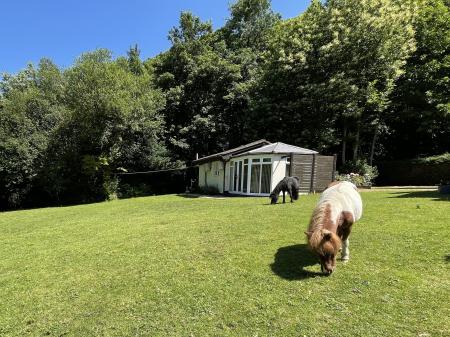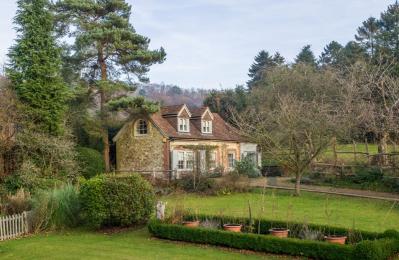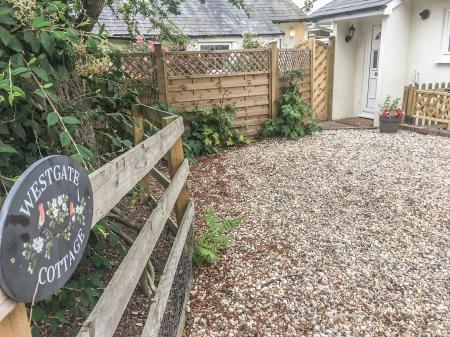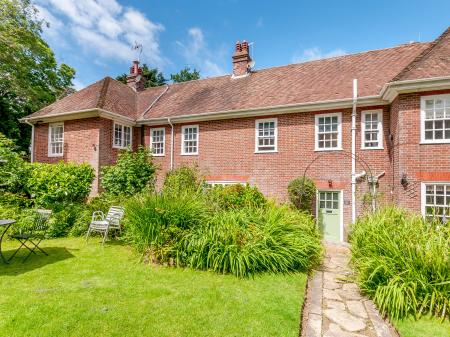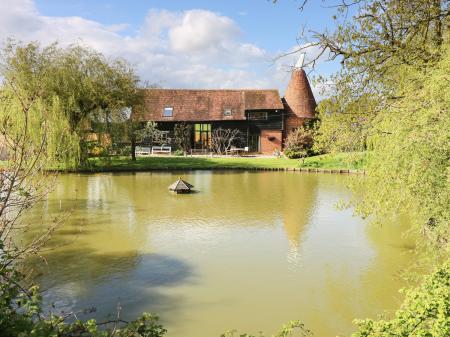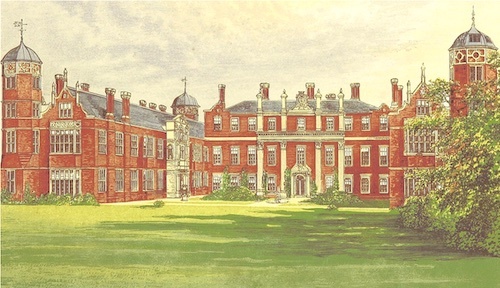
The house was extended in the Tudor period, and Elizabeth I was known to have visited Sir William Brooke, 10th Lord Cobham, here in 1559. Sir William added the first of the wings which are so much a part of the Cobham design.
The Brooke family was implicated in the plot to put Arabella Stuart on the throne in place of James I, so the latter seized the estate and granted it to his cousin, Ludowick Stuart, 2nd Duke of Lennox.
In 1625 James's son Charles, later Charles I, spent his honeymoon night at Cobham with his new queen, Henrietta Maria. In the 18th century, the Hall passed to the Bligh family, later Earls of Darnley. It was the Darnley's who built the distinctive Mausoleum at Cobham.
Cobham Hall was converted into a military hospital in WWI, and a home for RAF officers in WWII. The Darnley family finally left the Hall in 1957, and in 1962 Cobham was converted into a school for girls, a role it still fulfils.
Though Cobham Hall is a full-time school, the buildings are regularly open to visitors. See the official website for opening times.
 We've 'tagged' this attraction information to help you find related historic attractions and learn more about major time periods mentioned.
We've 'tagged' this attraction information to help you find related historic attractions and learn more about major time periods mentioned.